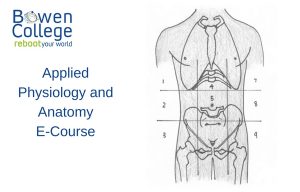Recent posts have discussed the therapeutic benefits of patient self regulation. Patient self management of stress levels through relaxation response was pioneered in 1976 by Herbert Benson, M.D., head of the Mind/Body Medical Institute at New England Deaconess Hospital and Harvard Medical School, Division of Behavioral Medicine.
Dr. Benson explains, in The Relaxation Response, that physiological changes occur in an individual who partakes in this therapy, engaging in repetitive mental activity, consciously ignoring negative distracting thoughts.
Decreased heart rate and blood lactate, associated with lower levels of anxiety, and reduced blood pressure in persons with hypertension occur during the relaxation response. Dr. Benson explains: “Alpha brain waves, associated with feelings of well-being and relaxation, increase in frequency and intensity. These physical changes are a sign of decreased activity of the sympathetic nervous system, indicating a sense of calmness and low anxiety. The relaxation response gives individuals control over their physiological actions, giving them generalized self-control and peace.” (Benson, 1975)
Experiencing the relaxation response is one of the highlights of the BowenFirst™ (LINK) therapy and perhaps a key foundation of its success. Within minutes of the treatment, patients enter the relaxation response, so that when the specific procedures are performed, the patient is highly disposed to receive the therapeutic benefits. Healing takes place when the body is in a parasympathetic state, and as such, other therapies like hypnosis and imagery therapy have had some preliminary success at establishing the positive physiological effects experienced.
Post-White and Fitzgerald in Complementary/Alternative Theories in Nursing (2002) expand on these insights: “Outcomes of using imagery for relaxation include increased oxygen saturation levels, lower blood pressure, lower heart rate, warmer extremities, reduced muscle tension, greater alpha waves on EEG, and expression of sensing less or no anxiety overall…Eliminating negative responses and formulating positive images helps reduce the physiologic stress response of the body.”
So further relaxation techniques will be discussed next time. See you then.









